By Korbl Klimecki and Brooke Purves
Eight women on speed skates line up on the rink and two more push up behind them. Five wear blue tank tops, five wear red t-shirts–that’s where the similarities in their uniforms end. With a blow of the whistle, the skaters start moving, and the two with stars on their helmets shove against the opposing blockers, striving to earn the first point for the jam and become lead jammer.
Roller derby has a history that reaches back to the ‘30s, but died off in the late ‘80s. In the past decade, however, a growing convergence of third wave feminism, DIY aesthetics and counter culture caused a resurgence, and claimed it as a primarily women’s sport. Previously, it was a sport with both men’s and women’s leagues, and in the ‘80s took on a theatrical, scripted angle. Now, the men are pushed to the background, the women hit hard and the wins and losses are real.
“There’s so much more of an emphasis on fitness, sportswomanship, and just overall athleticism, which wasn’t huge when the resurgence first happened,” said Skellawhore, captain of the Folsom Prison Bruisers, a travel team for the Sac City Rollers, the local women’s roller derby league.
Roller derby is in something of a unique position. When the resurgence began, it ditched the script but retained a lot of the theatricality—as well as a huge focus on sexuality. It was a sport, but the skaters were dressed as eye-candy. Now, skaters retain a lot of control over their outfits, and any sexuality on display is by choice.
“It became to where there was almost two groups that were coming to teams: girls who wanted to fight hard, play hard and then party hard afterward, and then there were the girls who were the true athletes who wanted to progress as a sport,” Skellawhore explained. “It used to not just be about winning the games, it used to be about winning the after parties.”
Derby is transitioning more and more to a more serious sport. Uniforms must meet standards, including, helmet, pads and mouth guard, and the team’s jersey. Like most sports, bouts start with the national anthem, but here the skater of the month circles the track carrying the flag. There are announcers, a penalty box, referees, jersey numbers and a cheer leader.
Derby still puts it’s own twist on the aggressive competition. Aside from the uniform shirts, the specifics of a skater’s outfit is up to her. It’s a good idea for her legs to be covered, but the way she covers them varies, from formfitting athletic wear to sheer stockings.
The women still skate under outlandish, often racy, pseudonyms, such as Lollygag-Her or Roll V Wade, and their numbers are of their own choosing, without limits. Former ARC student Lolly Gag-Her skates under the number 710 (“710 is the new 420,” she said). Other numbers aren’t even numbers. Central Coast Roller Derby skater Scandaliz’s number is 60/40. CCRD skater Blaque ‘n Deckher’s “number” is N0BS.
When the Rollers’ all-star travel team The Capitol Punishers went to the Women’s Flat Track Derby Association Championships in Milwaukee last weekend, however, they were completely uniform.
As with any other sport, skaters train to improve upon various aspects of fitness and to maintain the level of athleticism necessary to be competitive. Skaters skate several hours a week, and many add in weight training, plyometrics and core conditioning, according to Khan Artist, the November SCR skater of the month.
While derby has grown as a competitive sport, many skaters have experienced an important personal growth.
“I spent many years of my life not understanding any kind of violence or aggression,” American River College psychology major Dirtie Hippie said. “I never had it and I never showed it. I think that especially women today are not given a safe place where they’re allowed to be aggressive. … We have aggression. We have power in us, and this sport gives us a safe place to find that.”
Hippie, formerly named Hippie Skippie, changed her name when she “found herself” through derby. “It took me a year and a half to connect with my own inner aggression,” she said, “and what makes it OK, for me, is that (the other skaters) want (to get hit). I’m not hurting anybody. When I hit them, I’m strengthening them. For me the healing process is playing this game.”
Skaters have worked to rebuild the sport and have developed clothing and equipment companies in order to better serve the other women in the sport, taking pride in how the sport has evolved in recent years.
“We take a lot of pride in the development in what a woman’s organization has created,” said Sweet Cheeks, an ARC nursing and psychology student.
For a sport that brings women from every walk of life to the track, there is strength in what Skellawhore said is a mantra for the team: “How do we practice? Together. How do we play? Together. How do we win? Together.”


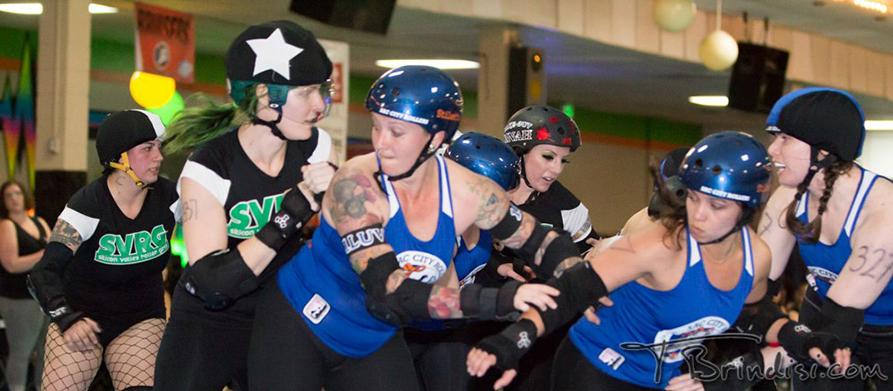
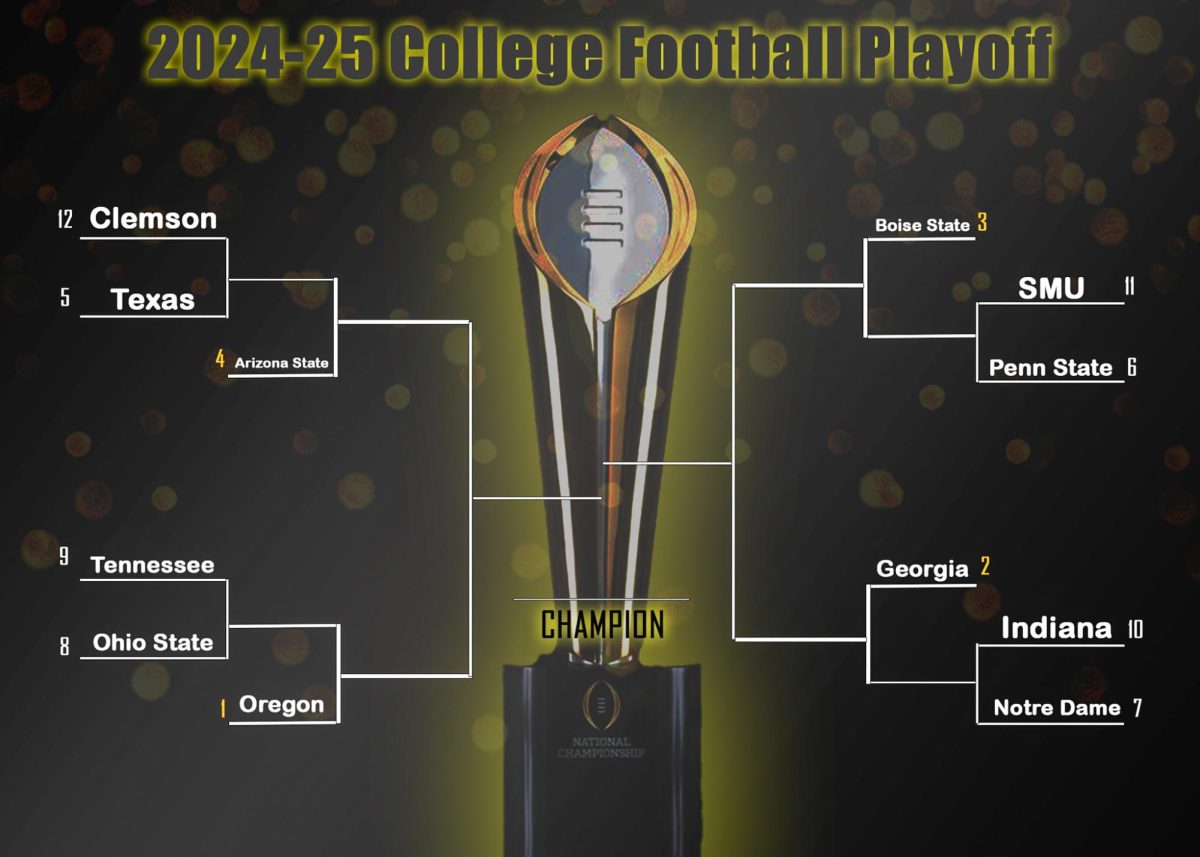

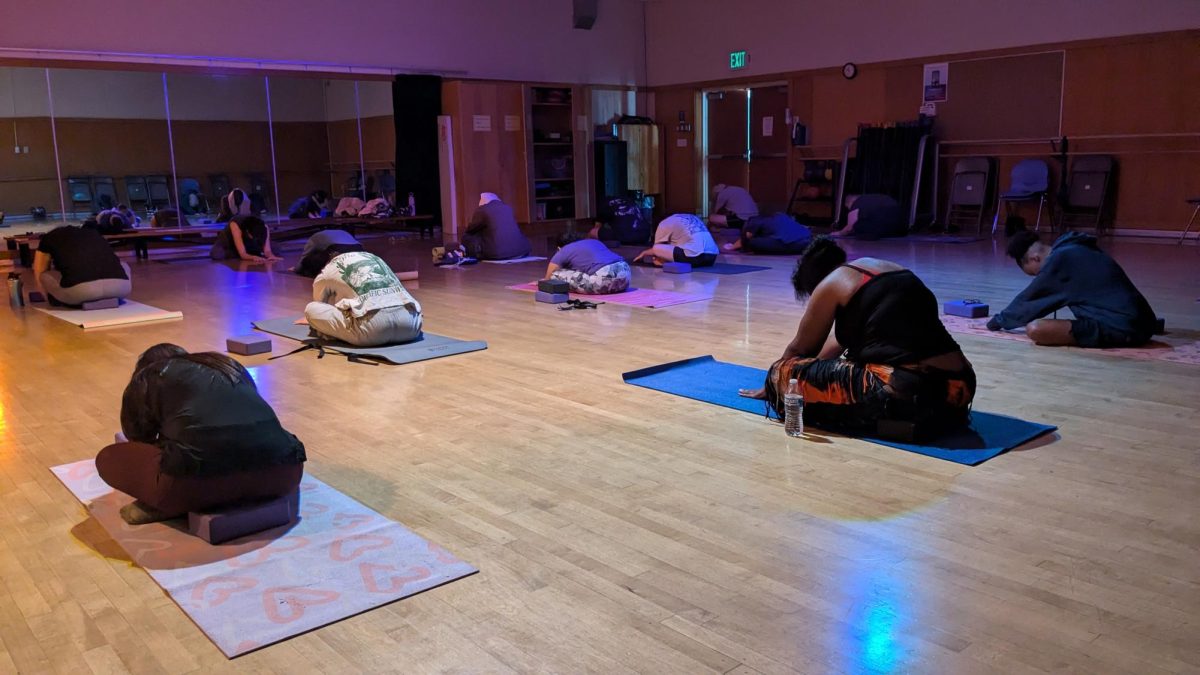
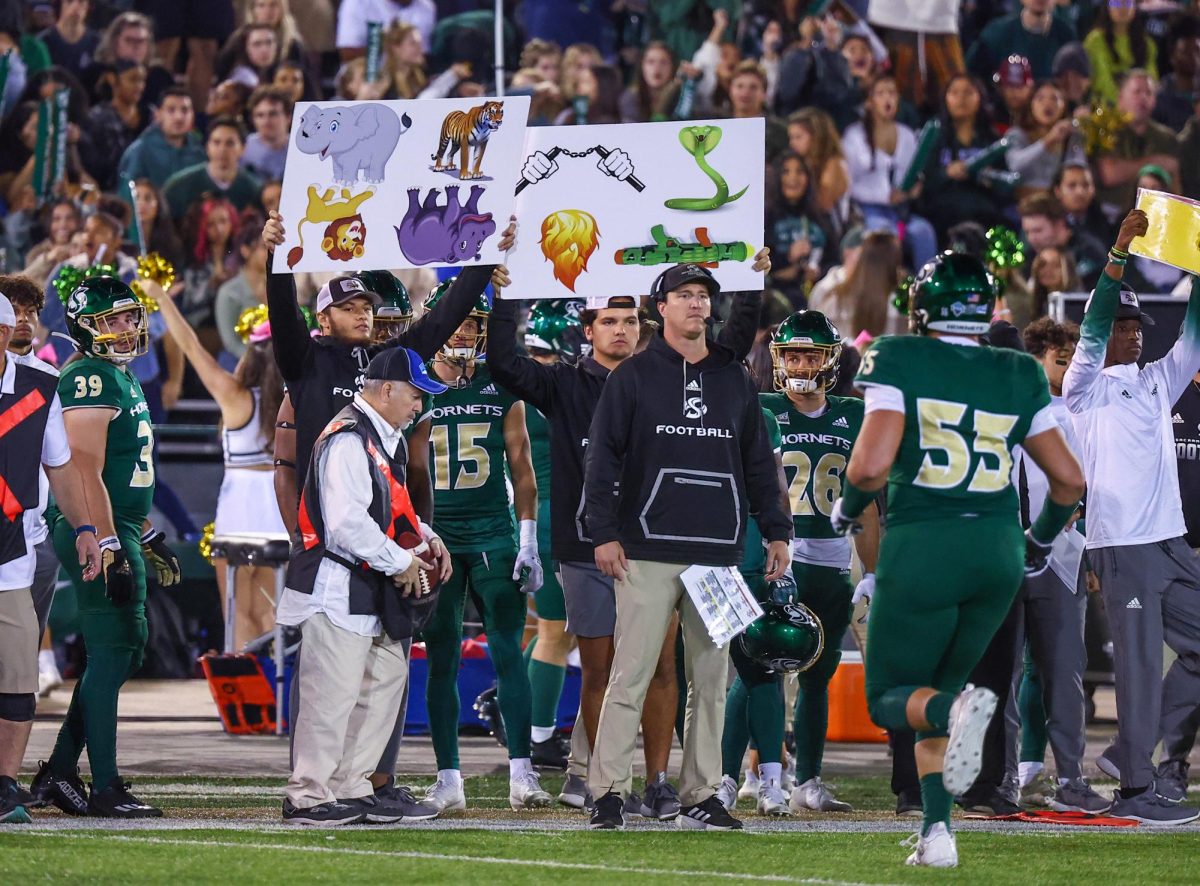
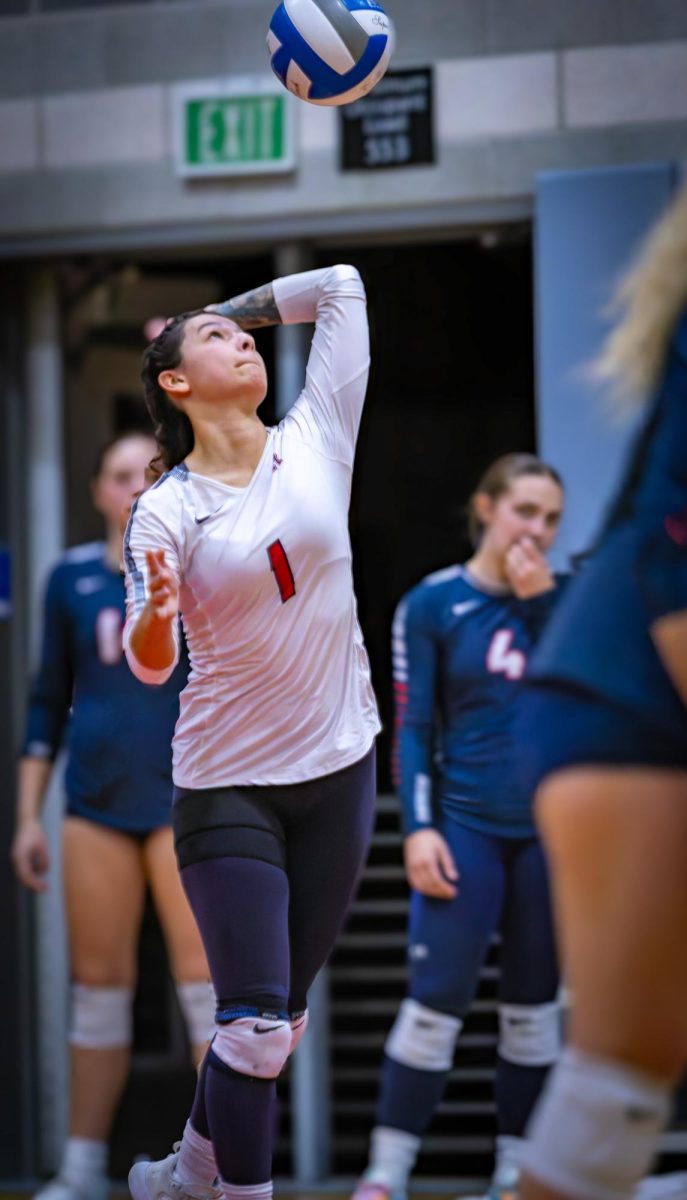
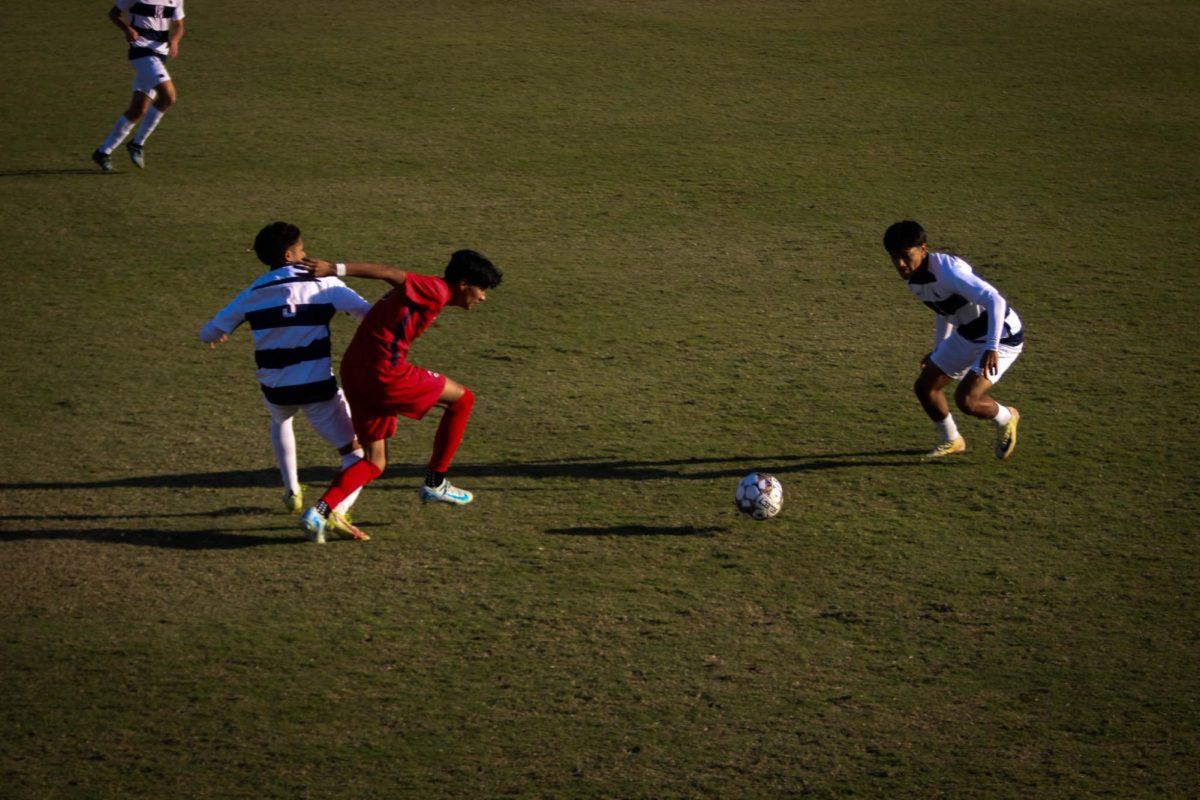
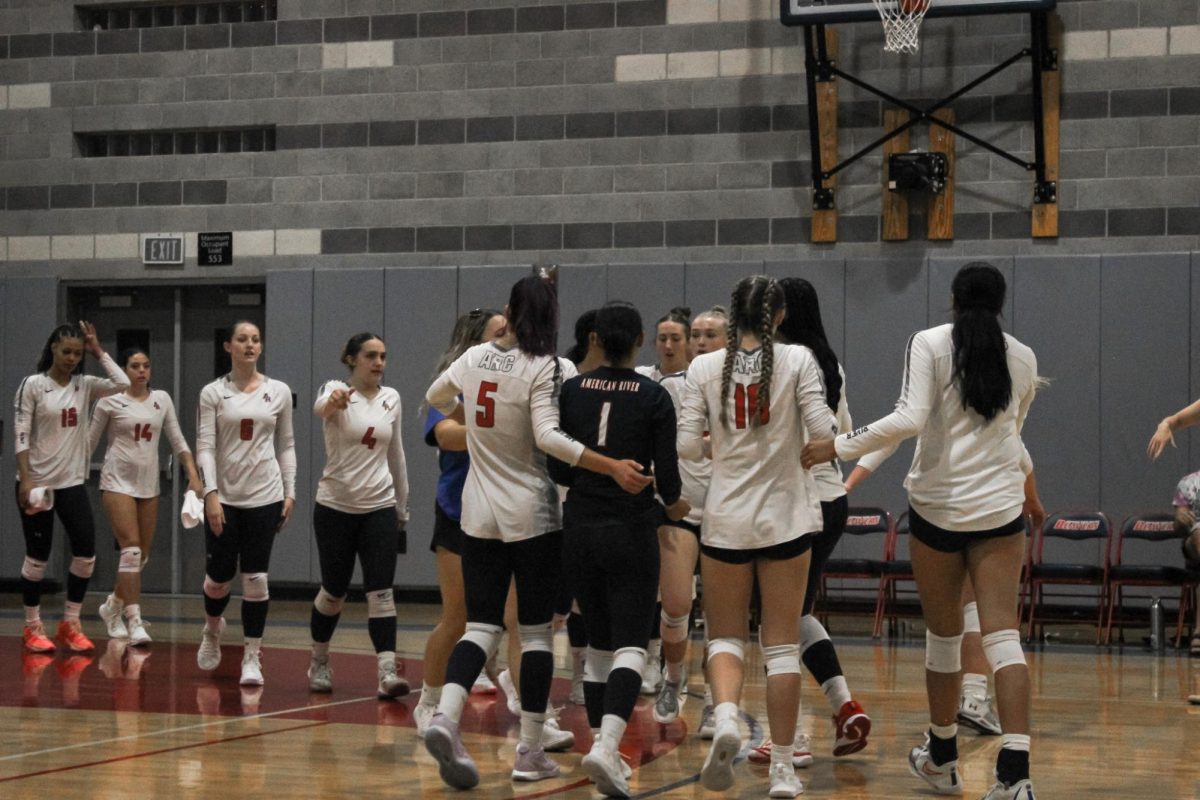

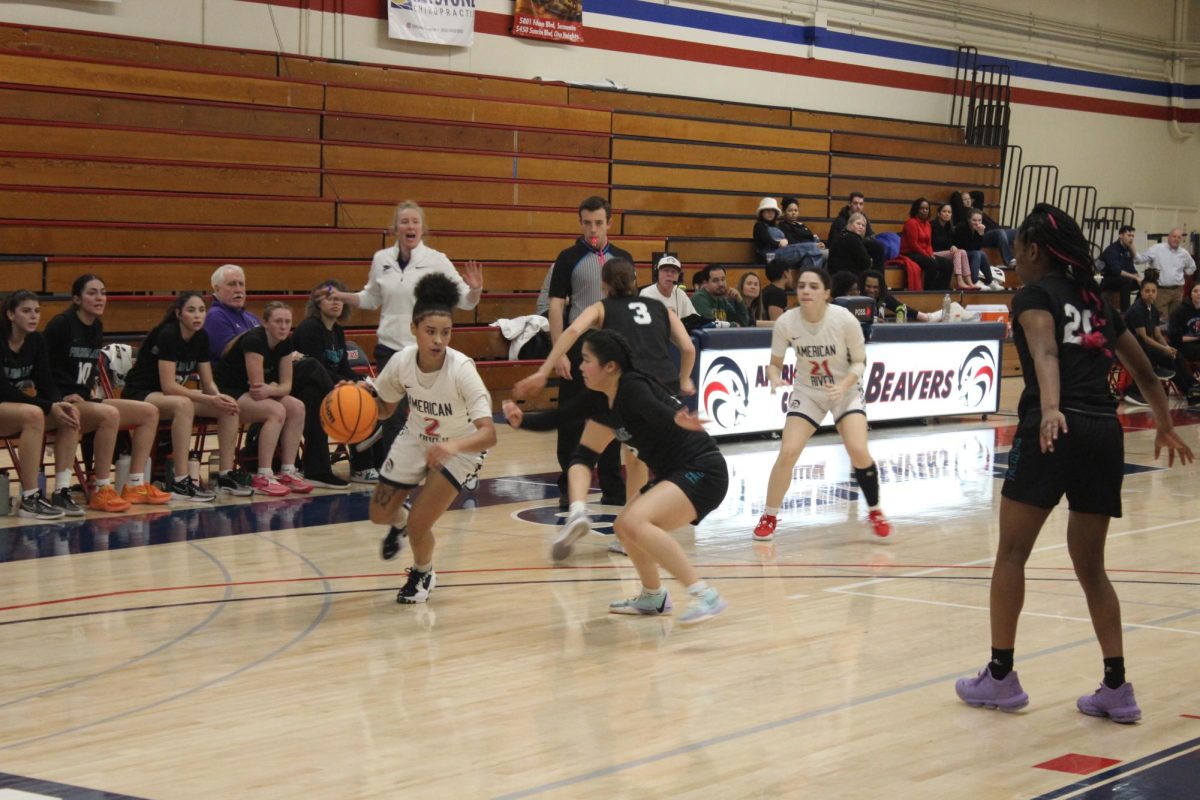
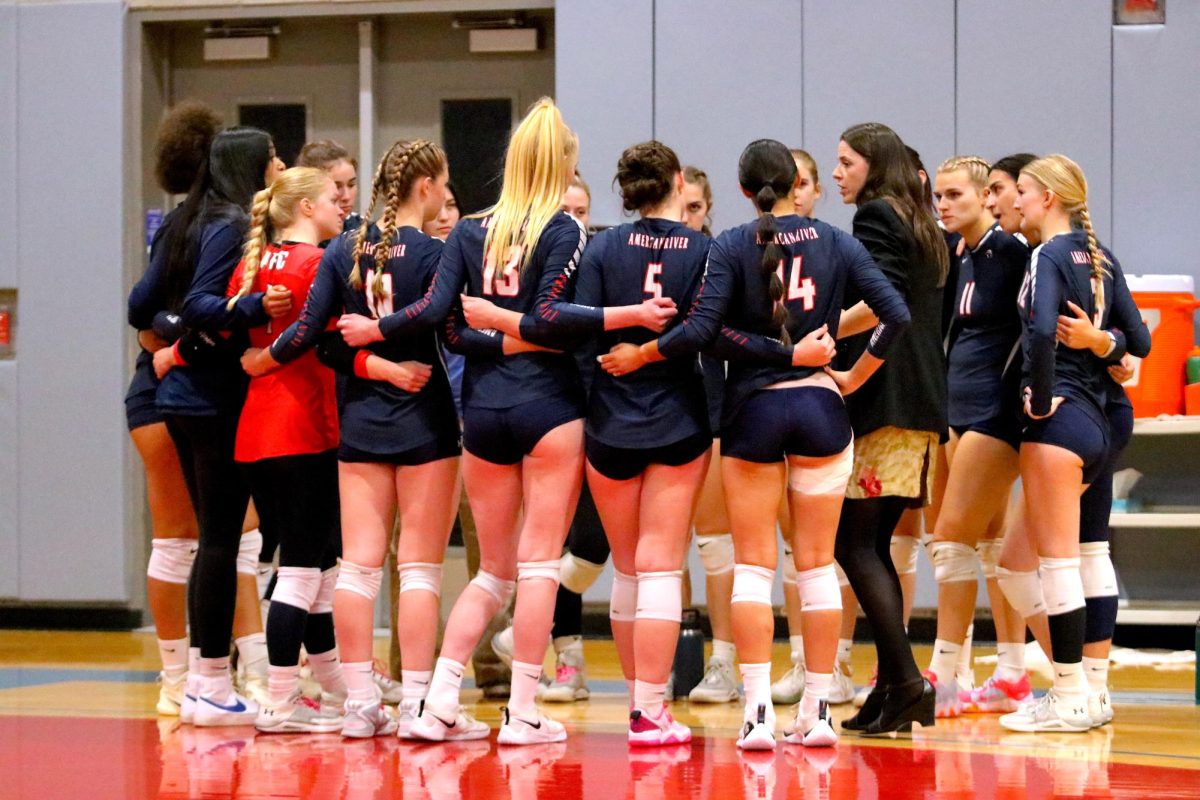

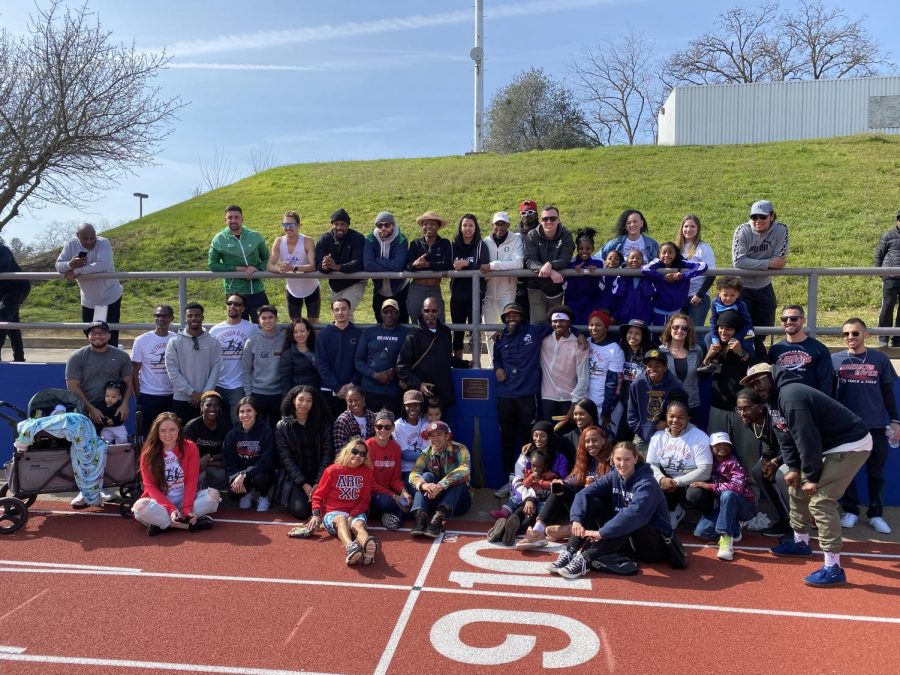
Melanie Varel • Nov 13, 2013 at 6:55 pm
I think that it is so cool about this activity,and then talk about the jammer, thinking of the high power jammer ,was so useful device to help something in some places.